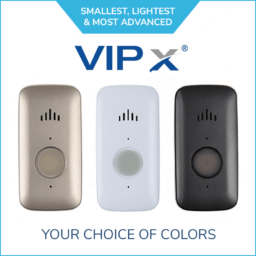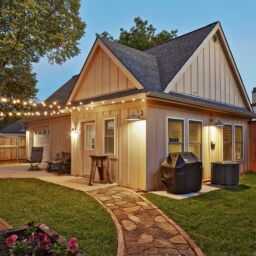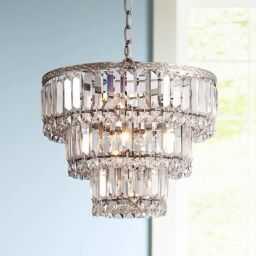If you haven’t given the subject of lighting much thought recently that’s probably because, in common with most folk, the phasing out of conventional incandescent light bulbs has not been exactly uppermost in your mind. Which is not really all that surprising; being able to switch the lights on at will hardly seems like a big deal. We do it all the time and as priorities go the whole business of lighting is comfortably off the radar.
Yet the demise of the incandescent light bulb continues quietly yet relentlessly and in less than a couple of years now the only products stocked on shelves will be low energy light bulbs, of which there are two types: CFLs (Compact Fluorescent Lamps) and LEDs (Light Emitting Diodes).
Currently the majority of low energy light bulbs available are CFLs which are some 4 times more efficient than incandescent bulbs (i.e. they only waste about 25% of their energy as heat, compared to 90%). However, CFLs are widely disliked by consumers, manufacturers and environmentalists. They have very poor aesthetic qualities (not really want you want for lighting), they’re awkward to dispose of safely thanks to their mercury content; and they’re complicated and expensive to manufacture.
LEDs on the other hand score well on all these points and quite a few more besides, the most obvious of which is that LEDs are not only 10 times more efficient than incandescents at present, but they double in performance every 18 months or so. The implications of this (known as Haitz’s Law) are astounding; in 3 years we should expect to see LED light bulbs that are 40 times more efficient. It’s no wonder that the lighting industry has en-masse elected to abandon CFL development and focus on LEDs.
So should you be purchasing LED light bulbs right now? That very much depends on whether you baulk at the prices quoted (compared to both incandescent and CFL light bulbs, LEDs still cost several times more to buy) or whether you can do math and realise that the savings in electricity consumption will more than payback the investment within the first year or two. And since modern LEDs last over 50,000 hours (compared to 2,000 for regular light bulbs) the return on investment just keeps rolling in.
Now some folk will argue that it makes sense to wait until LEDs are both cheaper and even more efficient, but again if you run the math you will discover that in fact it’s better to replace perfectly functional light bulbs with LEDs now and then plan to replace them in a few years, even though they will still have years of life left. How so? Because the cost of electric lighting pretty much equates to the cost of electricity – it’s all in operating costs not the hardware cost.
So, if you are thinking of switching to LED lighting then here a few pointers to what to look for. First, understand that cheap, low power LEDs are not really capable of replacing most existing lighting – in this field low cost is a false economy. However, the more expensive brand name products certainly are well up to the job, look fantastic and can deliver quite remarkable cost savings.
Second, we have all grown used to rating light levels according to wattage i.e. 100w very bright, 40-60w comfortable, below 25w getting somewhat dim. This scale doesn’t apply to LEDs. At the moment a fair estimate is that an LED will produce as much light as a conventional bulb rated at 10 times its power, so a 5w LED should be easily sufficient to replace a typical 50w halogen spot lamp for example.
A more direct means of assessing brightness is luminosity, measured in lumens (a standard 40w bulbs outputs some 360 lumens). However, luminosity by itself is not enough to determine how bright a light source actually appears. Beam angle and light “color” are also crucial.
This brings us to a third set of aspects to consider. LEDs are by nature highly directional with a very narrow beam, and they have also until recently tended to be on the cool side of things, producing a bluish light. This gives a rather harsh effect with small areas of very bright light but lots of dark spots. Modern high quality LED spotlights have much wider beam angles (120 degrees fro example) which produce a uniform light pool and their light color is much warmer. For reference, light color is measured using the Kelvin temperature scale where 2000k is referred to as “warm white” and values above 4000k are defined as “cool white”.
To recap then, find out whether any given LED light bulbs will be suitable for the application you have in mind by checking the packaging (or if buying from a catalogue or online, the product description) for the following items:
- Price and guarantee (with LEDs you really do get what you pay for)
- Brand name
- Luminosity (or estimated brightness i.e. “equivalent to 50w”)
- Light colour temperature (stated as “cool” or “warm” or given in Kelvins – see above)
- Beam angle
- Estimated longevity (LEDs should last for 50,000 hours or more)
AUTOPOST by BEDEWY VISIT GAHZLY




